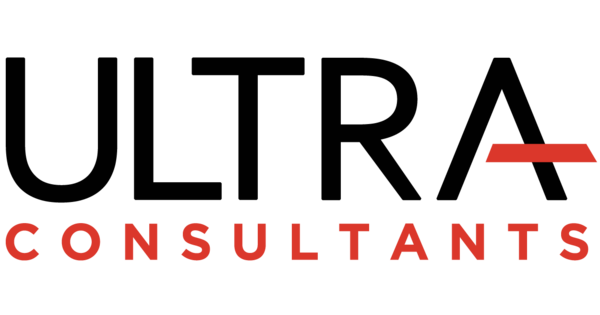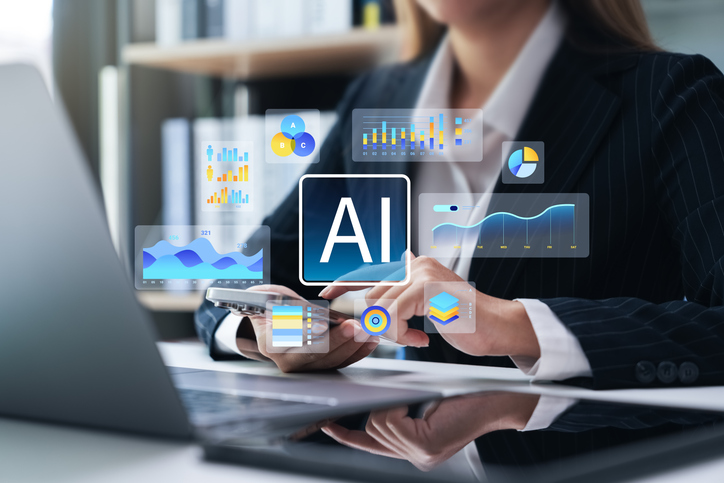The work world is changing fast and HR teams are under pressure to meet the challenges of shifts in how people work and what they expect from their employers. From remote and hybrid work environments to rapid technology changes, companies need HCM systems that enable agile workforce planning and engagement.
But many companies continue to lean on outdated legacy HCM systems that can’t keep up with the changes seen in today’s workforce. As a result, they may miss opportunities for efficiency and productivity gains or incur risks from poor data management and frustration from employees.
If you’re not sure if it’s time to rethink your HCM platform, this post will walk you through six signs it might be time to consider a change.

Organizational Change Management: Change in the Making
Download this guide to discover effective strategies for organizational change management
1. Your HCM System Can’t Keep Up with Business Growth
If your company has grown or expanded into new locations, your legacy HCM system may not be able to handle the changes. Suddenly, your HR team is implementing workarounds, it’s hard to onboard new employees, and your data is incomplete or scattered across spreadsheets or disparate systems.
What to do:
Modern, cloud-based HCM solutions are better able to scale with business growth, managing multiple locations, currencies and languages. Cloud solutions have lower maintenance costs while supporting streamlined workflows and remote work.
2. Data Is Inaccurate, Inaccessible, or Not Actionable
It’s a reality that data drives business success. HR data is key to not just reporting, but to providing insights into improving recruitment, retention and engagement. But if your existing system doesn’t deliver clean, real-time data, your company is at a disadvantage. Look out for manual, inconsistent reporting and a lack of visibility into KPIs like turnover or pay equity.
What to do:
Does your system offer robust analytics and visualization tools? If not, consider upgrading to an HCM with advanced functionality including AI and machine learning to streamline recruiting processes, automate onboarding, and provide insight into employee engagement and predict attrition.

3. Employees and Managers Avoid Using the System
One goal of an HCM is to make life easier for your employees. If they avoid using it because the interface isn’t intuitive, tasks like time entry or PTO requests are overly complicated, or managers don’t trust the system-generated data, it’s time to discover why and find a solution.
What to do:
Start by gathering feedback from employees. The existing system isn’t valuable if no one wants to use it. If you aren’t able to improve the system experience to be seamless, mobile-friendly and accessible, adoption will suffer. If it’s time for replacement, look for platforms with intuitive interfaces and mobile-first design.
Ready to start your digital transformation journey?
4. HR Is Spending Too Much Time on Manual or Low-Value Tasks
HR has better things to do than be stuck in low-value administrative tasks. If your team is working through paperwork for hiring or benefits enrollment, data entry errors, or requests for simple tasks, your current HCM system isn’t serving you.
What to do:
Determine if your HCM can introduce automation to streamline tasks like onboarding, benefits selection and document management. Automating routine processes reduces errors, boosts efficiency and provides a better employee experience.
5. The System Isn’t Built for a Mobile Workforce
Legacy HCM systems may struggle to manage the complexity of a remote workforce. Platforms that aren’t optimized for mobile or tablet use, aren’t accessible to remote employees or can’t support contractors effectively don’t have the agility to create strong engagement and retention experiences. In addition, these issues can also affect productivity and data accuracy.
What to do:
Regardless of location or which devices they use, a good HCM should provide access to all employees. There are workarounds you could implement to establish a fix. For example, manual processes such as email-based approval or PDF forms can reduce disruption. Alternatively, building an internal self-service portal or using 3rd party integration tools can help facilitate employee access to needed information. While workarounds can help, they’re not sustainable in the long-term. Consider a business case and plan to upgrade to a modern HCM.
6. You’re Struggling to Stay Compliant
Data privacy regulations (like GDPR and CCPA), labor laws, and industry-specific requirements make HR compliance more complex than ever before. If your current system can’t manage the changes, your organization may be put at risk.
What to do:
Establish data management policies to help manage compliance. Be sure your team is well-versed on applicable laws and regulations, define retention and deletion timelines, train HR and managers in data handling, and maintain documentation and audit trails. When it’s time for an upgrade, many modern HCM solutions include compliance features such as role-based access control, audit capability and other built-in tools.
By leveraging analytics, HCM software enables businesses to make informed decisions about the work culture and employee behavior.
Business.com
Future-Proofing Your HCM Strategy: What to Look For
If you recognize several of the signs above, it might be time to start evaluating new HCM systems. As with any software selection project, it’s critical to start with your business’s unique needs. Make a list of your must-have requirements, followed by any secondary or “nice-to-haves,” and of course, your budget.
Here are a few key features of a future-ready HCM platform:
- Core Functionality – These essential HR operations can streamline admin and reduce manual efforts.
- Employee records management
- Payroll integration or processing
- Time & attendance tracking
- Leave management
- Org charts & job structures
- Benefits administration
- Employee Lifecycle Management – A future-ready HCM supports the employee journey.
- Applicant tracking
- Onboarding Workflows
- Performance Management
- Learning Tools
- Career Pathing
- Remote Accessibility – Mobile and cloud access are critical for supporting remote or hybrid work environments.
- Mobile apps for employees and managers
- Web-based/cloud access from any location
- Intuitive UX – A user-friendly interface ensures high adoption and a better experience for employees and HR staff.
- Modern Interface
- Minimal training needed for employees
- Role-based dashboards
- Customizable workflows and fields
- Integration Capabilities – Your HCM should easily connect with other business systems.
- Payroll systems
- Finance or ERP software
- Learning platforms
- Scheduling tools
- Compliance & Security – An HCM should help you stay ahead of changes to regulations while protecting employee data.
- GDPR, CCPA, HIPAA, SOC 2, ISO 27001 compliance
- Data encryption, role-based access, audit logs
- Automated updates for labor law or tax changes
- Built-in compliance reports (EEO, ACA, OSHA, etc.)
- Analytics & Reporting – Data-driven insights enable leaders to make informed decisions.
- Pre-built and customizable dashboards
- Real-time reporting
- Predictive analytics
- Export capabilities (CSV, Excel, PDFs)
Final Thoughts: Future-Proof Your HCM Platform
If your HCM platform is falling short, it’s an opportunity to look forward to what’s next. The way we work has changed and your HR technology needs to keep up. Upgrading your HCM system can help you attract, manage, and retain the talent that will drive your business forward.
At Ultra, we help organizations align people, processes, and platforms for long-term success. Whether you’re modernizing your current HR tech or starting from scratch, our team can guide you through HCM selection and implementation.
Schedule your free discovery call today and let’s make sure your HCM is built for what’s next.
Table of Contents
More ERP material...
AI in Food and Beverage Manufacturing
Discover how AI is revolutionizing food and beverage manufacturing, enhancing quality, reducing…
How ERP for Quality Control Eliminates Manual Documentation Chaos
This post will examine why managing quality records outside of an ERP…
Assessing Your AI Maturity
This article breaks down how businesses can measure their AI maturity to…



